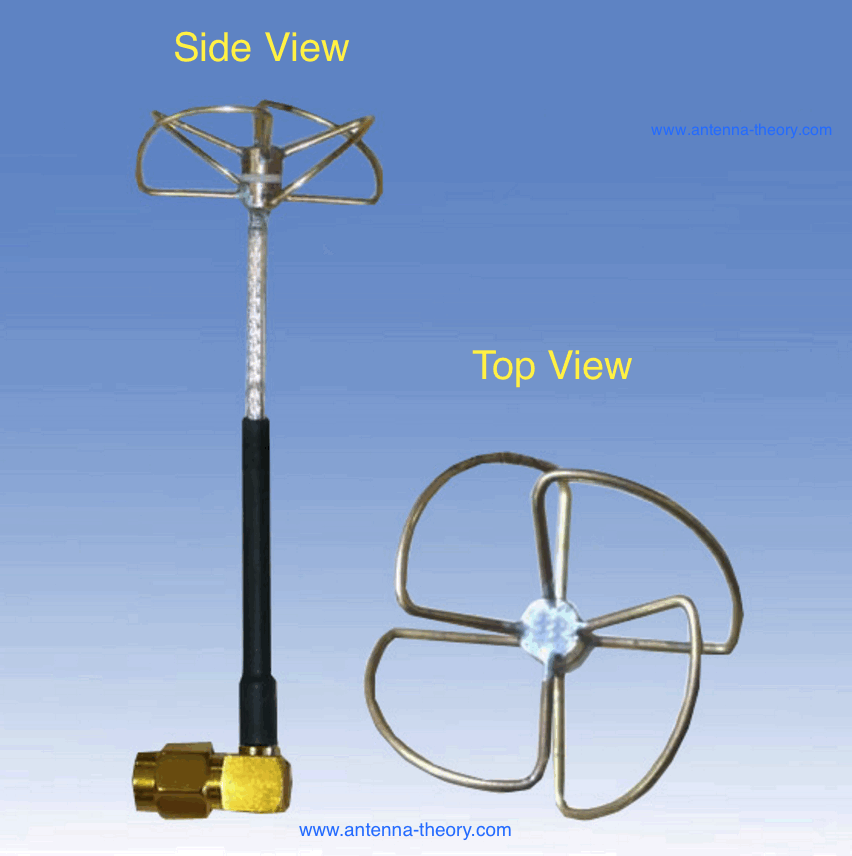
Figure 1. A 4-arm Cloverleaf Antenna.
Antenna Types Antenna Theory Home Page
A cloverleaf antenna is a circularly polarized wire antenna, with a radiation pattern similar to a dipole antenna. A 4-arm cloverleaf antenna is shown in Figure 1:

Figure 1. A 4-arm Cloverleaf Antenna.
The radiation pattern of a typical cloverleaf antenna is shown in Figure 2:
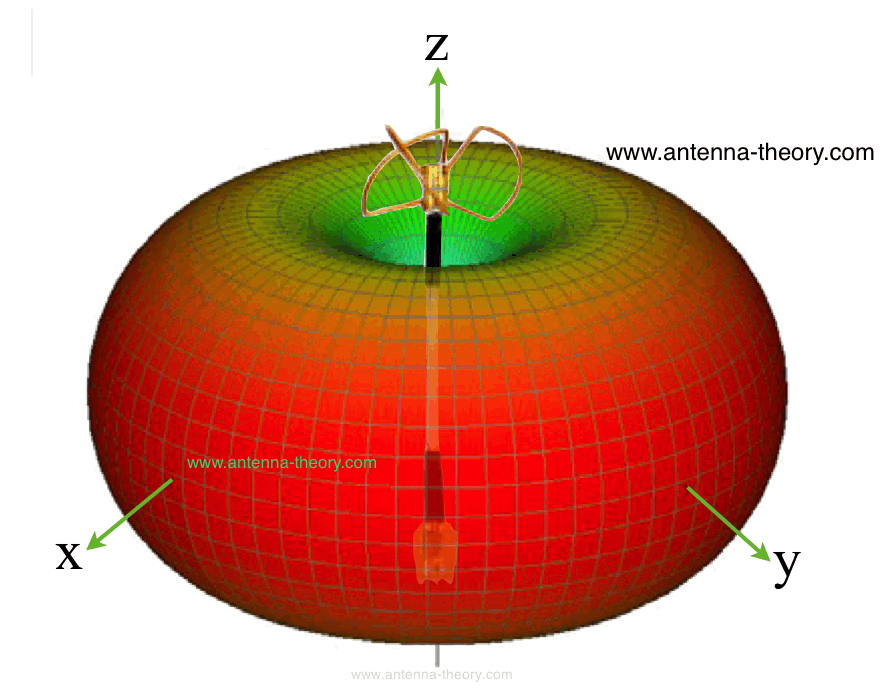
Figure 2. Radiation Pattern for a Cloverleaf Antenna.
The cloverleaf antenna has peak radiation direction broadside to the antenna. The antenna has nulls (very little radiation) in the axial direction (the z-axis as shown in Figure 2).
To discuss the geometry of the cloverleaf antenna, let's look at Figures 3 and 4. Before I start,
let's note that we will give dimensions of the antenna in terms of a wavelength (written as lambda or the
symbol
 .
See the frequency page
for a discussion/reminder of wavelength and frequency. As a quick example, for a frequency
f=5.8 GHz,
the wavelength is 5.17cm (c/f, where c=speed of light). Hence, a dimension given
as
.
See the frequency page
for a discussion/reminder of wavelength and frequency. As a quick example, for a frequency
f=5.8 GHz,
the wavelength is 5.17cm (c/f, where c=speed of light). Hence, a dimension given
as  /4 would
be 1.29cm. This is useful - for instance, if I know how to design an antenna at 1GHz, I can
design the same antenna at 2 GHz by decreasing all dimensions by 50%, simply by changing the
wavelength I am using for dimensions.
/4 would
be 1.29cm. This is useful - for instance, if I know how to design an antenna at 1GHz, I can
design the same antenna at 2 GHz by decreasing all dimensions by 50%, simply by changing the
wavelength I am using for dimensions.
Figure 3 shows the side view of the cloverleaf antenna. The cloverleaf has two antenna "caps" separated by a small distance (roughly 1-2% of a wavelength). The antenna feed is between the two caps, which I draw with the battery symbol (for the implementation at hand, this means the center of the coaxial cable ties to the top cap, and the ground outer shield of the coax is connected to the bottom cap). The cloverleaf typically has 3-4 loops of wire (or petals). In figure 3, I draw out one of the petals with some rough dimensioning:
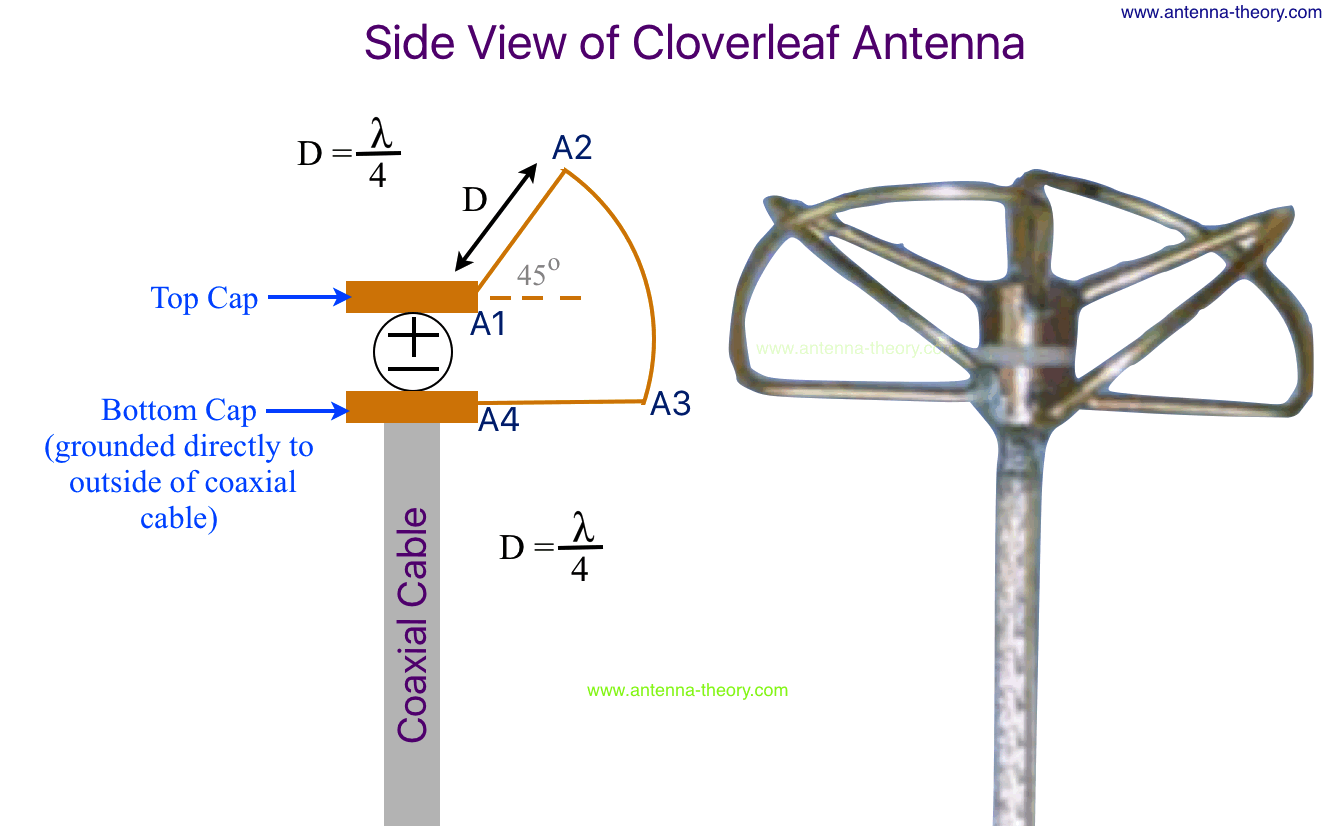
Figure 3. Cloverleaf Antenna Viewed from the Side.
The distance of the first section of the cloverleaf petal (from point A1->A2, labelled as D in Figure 3) should be approximately a quarter wavelength. The total distance of the petal (or wire loop) should be equal to one wavelength (this is the distance A1->A2->A3->A4). Note this is similar to the folded dipole antenna. The vertical "lift" angle A1-A2 makes relative to the horizontal plane is approximately 45 degrees.
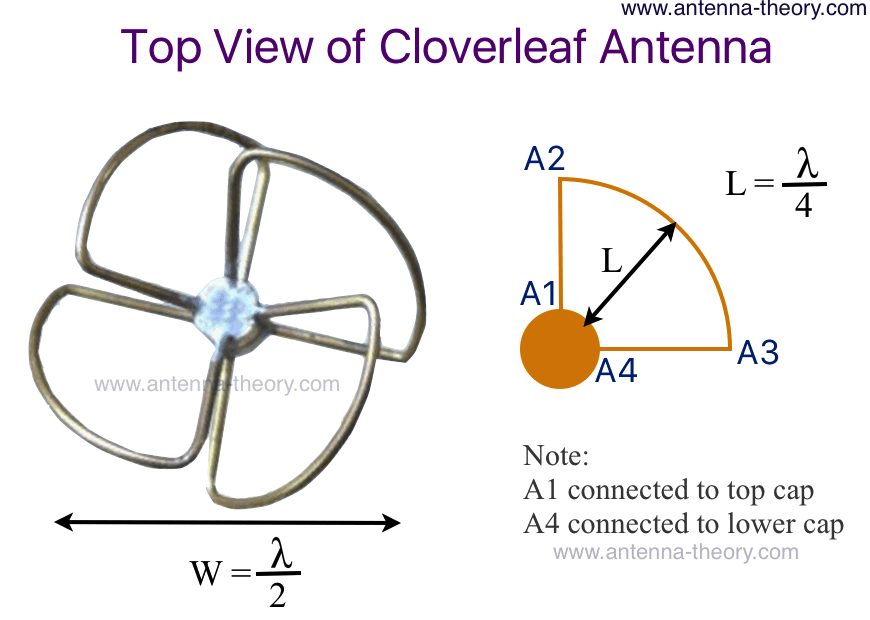
Figure 4. Cloverleaf Antenna Viewed from the Top.
In Figure 4, the distance of the petal (L) is about a quarter wavelength from the center of the antenna, which makes the width W of the antenna half of a wavelength. All other angles are adjusted to make the total wire length, L and D equal to the values I've specified here.
As seen in Figures 3 and 4, the cloverleaf antenna has 3-4 petals around the center of its axis. These are arranged and equally space around the perimeter. The purpose of this arrangement is to give the antenna circular polarization in the horizontal plane (x-y plane as shown in Figure 2). The antenna quickly loses circular polarization for angles not in the horizontal plane.
Why does the cloverleaf antenna produce circular polarization? That's a bit of a detailed discussion, and we tackle it in the next section.
We will now try to answer a few key questions: Why do cloverleaf antennas have the radiation pattern that they have? And why are cloverleaf antennas circularly polarized? Let's start by looking at how the current flows on the cloverleaf arms/petals. Because the length of each arm is one wavelength, we have one full cycle of current (one full sine wave), similar to a folded dipole antenna. The current is over-layed on the arm as shown in Figure 5:
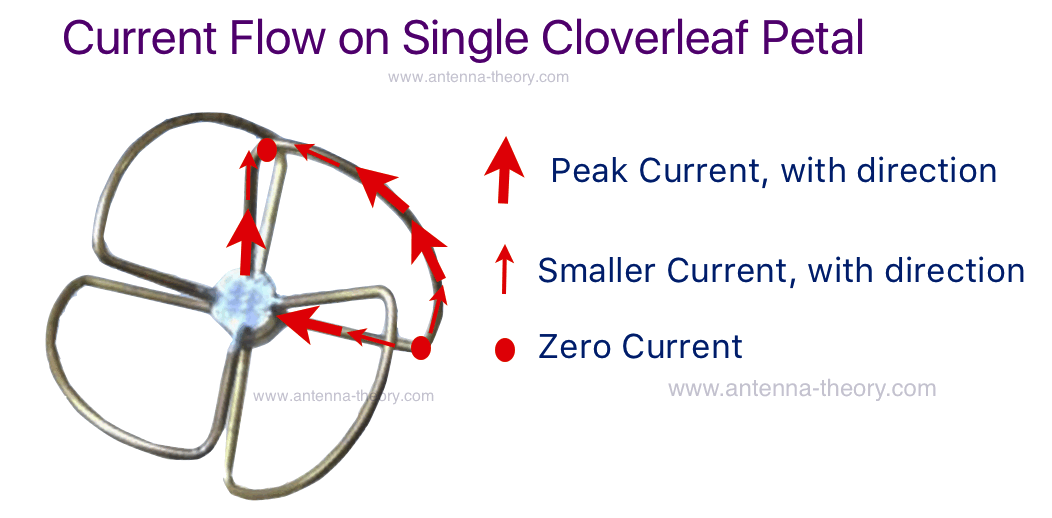
Figure 5. Cloverleaf with Current Flow Overlayed.
If I simplify Figure 5, and only show the peak currents (where the sinusoid is a peak) along all arms, I get Figure 6:
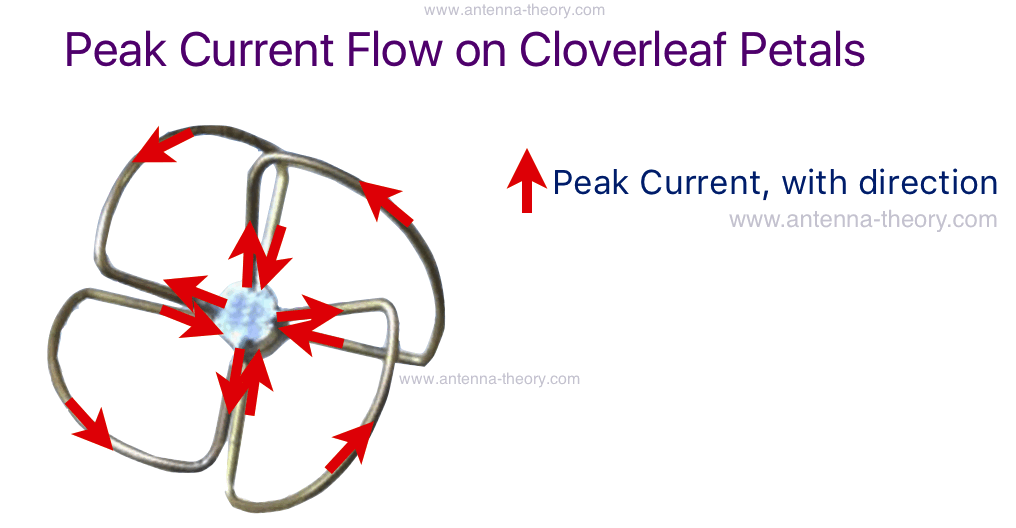
Figure 6. Cloverleaf with Peak Current Flow Overlayed.
Figure 6 is important, and explains why we don't have radiation in the axial (z-axis as shown in Figure 2) direction. You can see that all the peak currents at the center of the cloverleaf antenna are cancelled out by opposite flowing current on an adjacent petal. In addition, the peak currents on the outer rim all have an exact opposite current on the opposite side of the cloverleaf antenna. Hence, we have no radiation in the axial direction for the cloverleaf antenna. [You might ask about the vertical current flow if we look at the side view? Recall from a dipole antenna that vertical current only produces radiation broadside to the current, so this won't change the story either.]
So, how do we get the radiation in the broadside direction (x-y plane), and the desired circular polarization? Recall that circular polarization requires 3 things:
[1] Two orthogonal (perpendicular) E-field components (so for instance Ex and Ez, the E-field in the x and z direction)
[2] Orthogonal E-field components have equal magnitude
[3] Orthogonal E-field components are out of phase by 90 degrees (quarter cycle)
To figure out the radiation in the x-y plane (broadside to the axis of the cloverleaf antenna; this is the direction of peak radiation from Figure 2), we will first try to determine the radiation in the +x-direction by examining the currents. The radiation in -x, +y, -y and the other directions will then follow naturally. Figure 8 shows the top view of the peak currents in the cloverleaf arms (note that the currents that cancel in the x-y plane are not shown):
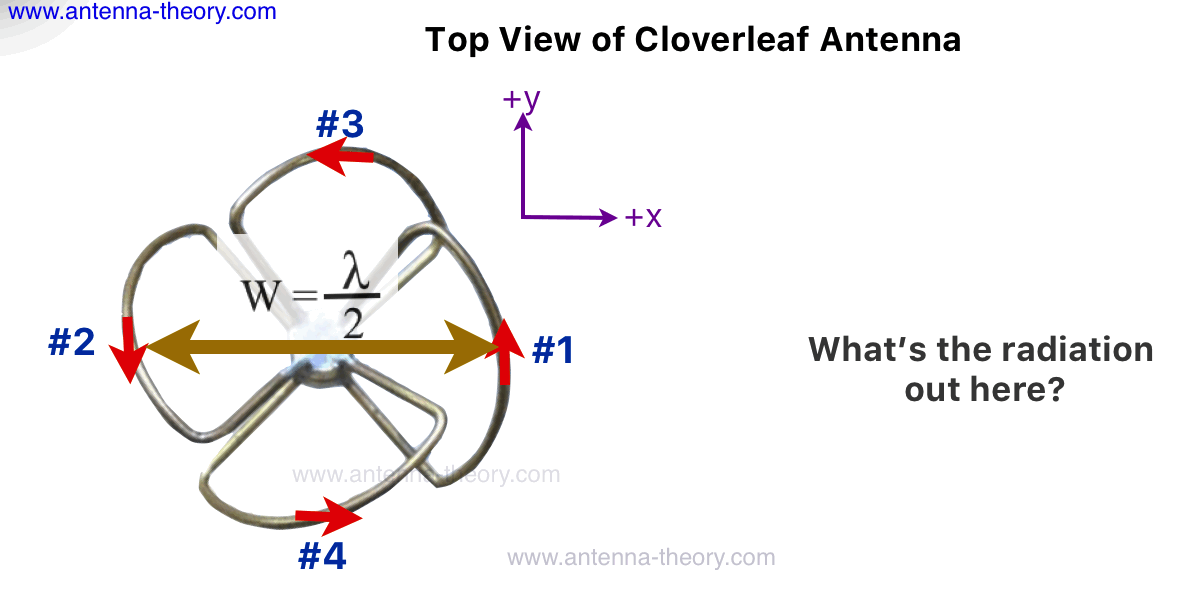
Figure 8. What's the radiation from these currents in the +x-direction?.
In Figure 8, note that the currents #3 and #4 do not contribute any radiation in the +x-direction, so they can be ignored (if you're not sure why, recall the dipole antenna). Now, time for a key point that follows from the study of antenna arrays: the currents #1 and #2 of Figure 8 will add in phase in the +x-direction. The reason is simple: because the current #2 is out of phase with current #1 (by 180 degrees or a half cycle), the radiation from current #2 will be in phase with current #1 as they propagate in the +x-direction. This is why it is critical that the width of the cloverleaf antenna be a half wavelength in size.
The previous paragraph explains why we have radiation in the +x-direction, and this describes the Ey-component of the field. But if we have circular polarization, where does the other component come from?
We can figure out where the rest of the radiation comes from by examining Figure 9. This is a side view of the cloverleaf antenna, with peak currents shown. This is a bit complicated, so take a look and we can go through it:
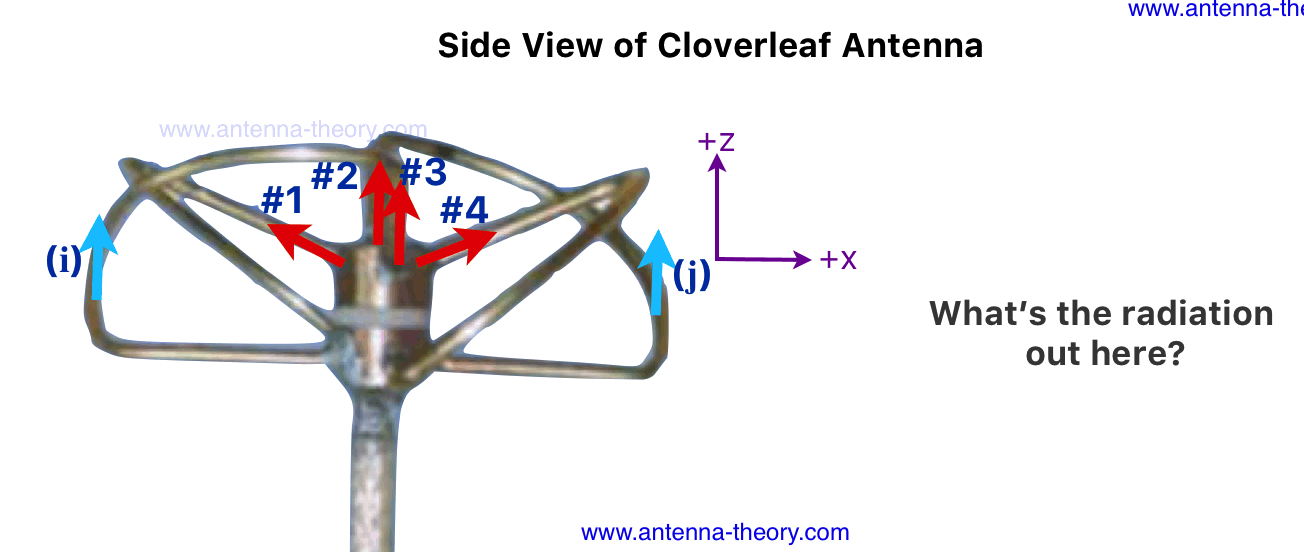
Figure 9. What's the radiation from these currents in the +x-direction?.
In Figure 9, I drew 4 red currents, marked as #1, #2, #3, #4. This is the current coming straight off the top cap of the cloverleaf antenna. Note that the x-y component of these currents will cancel, since the cloverleaf antenna has 4-equally spaced arms. However, the current in the +z-direction will add together (in-phase). Hence, we will have radiation from the z-component of the E-field when looking in the +x direction.
In Figure 9, I also drew two light blue currents, marked as (i) and (j). These currents are in the same direction (which follows from Figure 5 and thinking about the geometry). Hence, these currents will cancel in the +x-direction (because they will produce radiation out of phase because they are spatially separated by a half wavelength). Note that I'm only showing the outside currents on 2 of the arms. There will be some net radiation from the 2 other arms of the cloverleaf; but it is important to note that the current will be in the same position along the x-axis as the center of currents coming directly off the top cap. This is important because the currents will then all add in phase. This is shown in Figure 10 - this is all the current that contributes to radiation in the +x-direction:
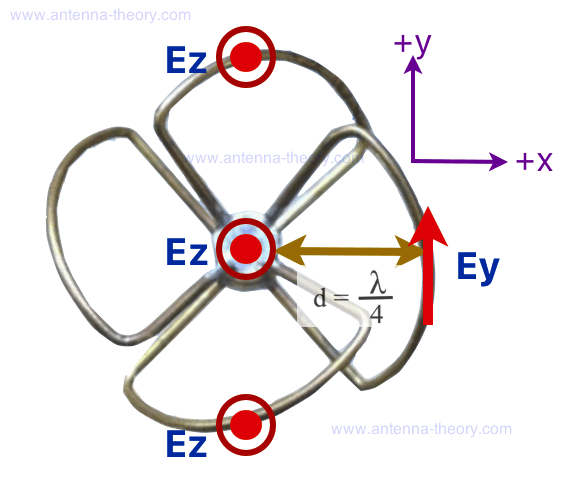
Figure 10. All current giving radiation in the +x-direction.
Figure 10 unlocks the mystery of circular polarization in the +x-direction. We have an Ey component, and an Ez component (i.e. 2 orthogonal E-field components). In addition, these currents are separated by exactly a quarter-wavelength in the x-direction (90 degrees). Finally, if Ez and Ey are approximately of the same magnitude, we can definitively say we have circular polarization in the +x-direction.
How do we get Ey and Ez to have the same magnitude? Basically all we need to do is optimize the angle of lift (off of the cap) and the angle of descent of the petals (arms). This can be done theoretically, via simulation or experiment. Essentially, by choosing approximately 45 degrees as the lift angle off the cap (as seen in Figure 3), and keep the angle of petal at the perimeter shallow, we can keep the two components approximately of the same magnitude.
And now we have circular polarization! All 3 requirements are met. This argument applies equally well to -x, +y and -y directions, for a 4 leaf petal. For off axis angles (45 degrees off of x-axis towards y, for instance), the argument is more complicated but still more or less works. As a result, we have circular polarization in the entire x-y plane. The peak radiation direction is in the x-y plane as well, and hence we have the radiation pattern of Figure 2.
Now for a note on the bandwidth of the cloverleaf antenna. Because the circular polarization argument requires a quarter-wavelength separation for the analysis to be valid, the frequency range over which the cloverleaf has (close to) circular polarization is somewhat narrow - about 10% bandwidth (this means that for a center frequency of 5.8GHz, the circular polarization is valid from about 5.55 GHz to 6.05 GHz). Outside this range, we can't really argue we have a quarter wavelength (or close to it for some of the distances required in the above discussion). If we ignore circular polarization, and look instead at antenna efficiency bandwidth (where efficiency is above some value), the bandwidth is 20% or higher (meaning for a center frequency of 5.8 GHz, the efficiency is good between 5.2 and 6.4 GHz).
To sum up and conclude this page, the cloverleaf antenna is a pretty clever design to achieve circular polarization. The petals of the cloverleaf are arranged in a very specific way in order to achieve the desired radiation characteristics. The antenna can be considered a derivative of the folded dipole antenna that takes into account antenna array theory to achieve it's characteristics. To see some data on actual cloverleaf antennas, check out the 5.8GHz fatshark cloverleaf antenna or the 5.8GHz 3d robotics cloverleaf antenna.
Next: Helix Antennas
Top: CloverLeaf Antennas
This page on the cloverleaf antenna is copyrighted. No portion can be reproduced without permission form the author. Copyright antenna-theory.com, 2010-2016, clover leaf, cloverleaf antennas.